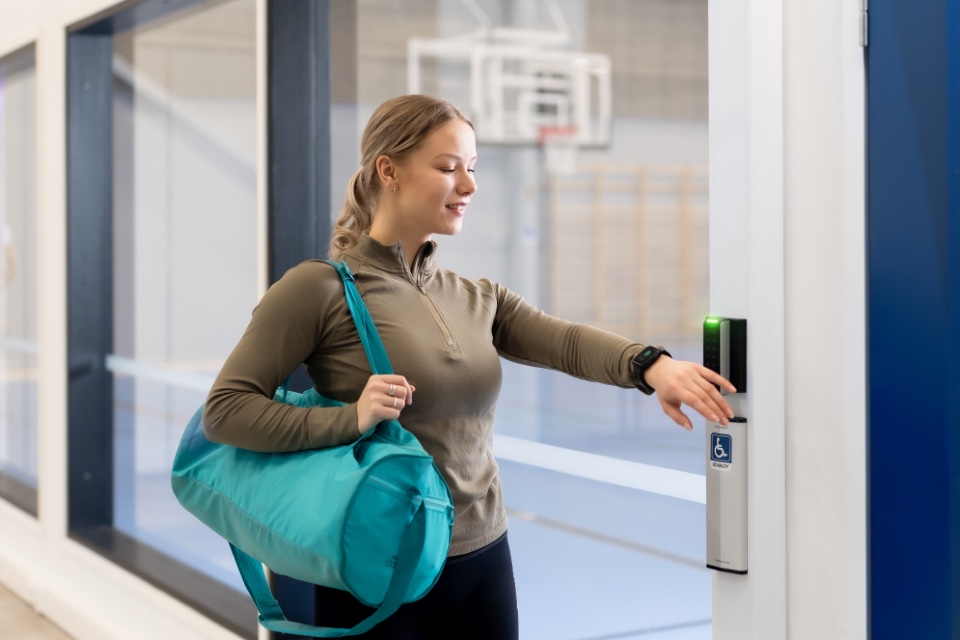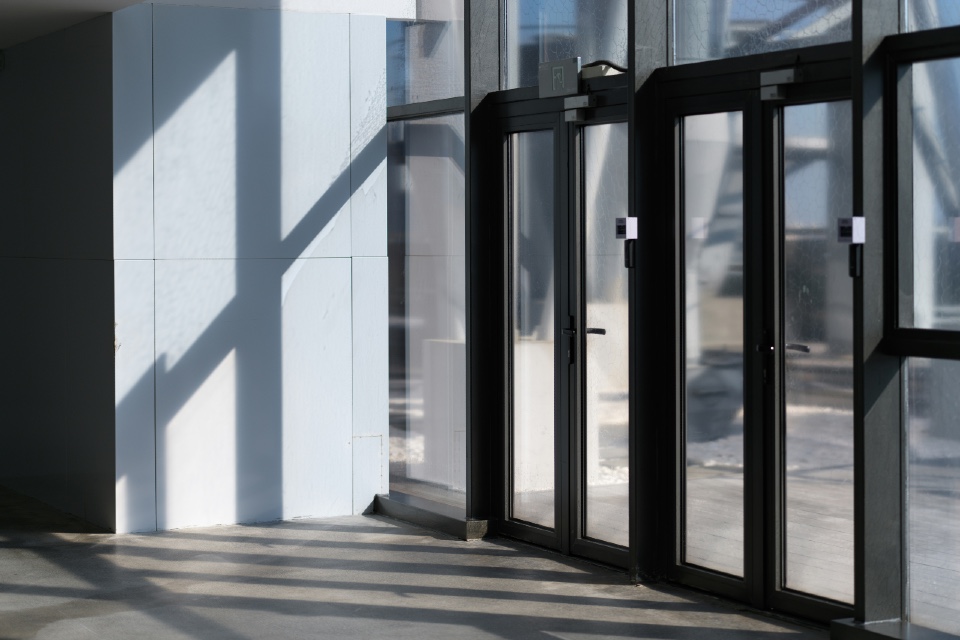With convenience being a major theme, 42% of respondents worldwide indicate plans to upgrade to mobile-ready systems.
That’s according to the latest State of Access Control report produced by IFSEC Global in partnership with HID Global, which surveyed just over 1,000 respondents from across North America (56%), EMEA (29%) and Asia Pacific (15%) to detail trends in the procurement, installation, specification and operation of physical access control solutions.
The report describes the current state of the market, the technology being used, and trends that security and IT professionals are witnessing and foreseeing in the years to come, including:
Convenience: Ease of use is the most crucial reason to upgrade to a new access control system, according to 60% of the respondents. This means that in addition to securing premises, a new system must provide a smooth and straightforward process for both users (employees, residents or visitors) and administrators (security, facilities and IT teams).
Mobile Access and Touchless Capabilities: It’s no surprise then, that demand for mobile access is showing an uptick, with 42% of respondents planning to upgrade to mobile-ready systems. While security system administrators benefit from increased operational efficiency, employees and visitors may find mobile access more convenient and secure since they are more likely to have their mobile devices at hand than their access cards. The pandemic also played a role in the demand for touchless physical access control. About 32% of respondents cited they would upgrade systems to introduce touchless solutions in response to the pandemic, with contactless biometrics also being considered among them.
System Interoperability: Future-proof support is also a growing concern as users are pushing for long-term convenience while achieving cost savings. In fact, almost half of the respondents (49%) selected the ability to support new tech in the future as one of the top three features in a new access control solution, and 33% included integration with existing security platforms as being important. As a result, consultants and integrators are moving away from proprietary models and embracing open standards-based technology, where software upgrades can be securely managed through the cloud. One in five respondents added that interoperability and open standards will be one of the top trends set to shape the industry in the near future.
Sustainability: Organizations across all regions are making a clear effort to understand how new purchases and upgrades in access control technology can have an impact on sustainable practices, with about 28% of respondents having consulted their sustainability departments about their buying decisions. Access control readers that have Environmental Product Declarations and intelligent power management, for example, support green building ratings such as LEED. Additionally, deploying mobile access and virtual credentials removes the need for plastic cards and so spares the carbon footprint associated with their lifecycle. When integrated with a building management platform, it is possible to maintain for continuous adjustment of building resources based on occupancy.
The full report provides a more in-depth analysis and data points on what is driving the physical access control industry now and into the future. Read it here.





